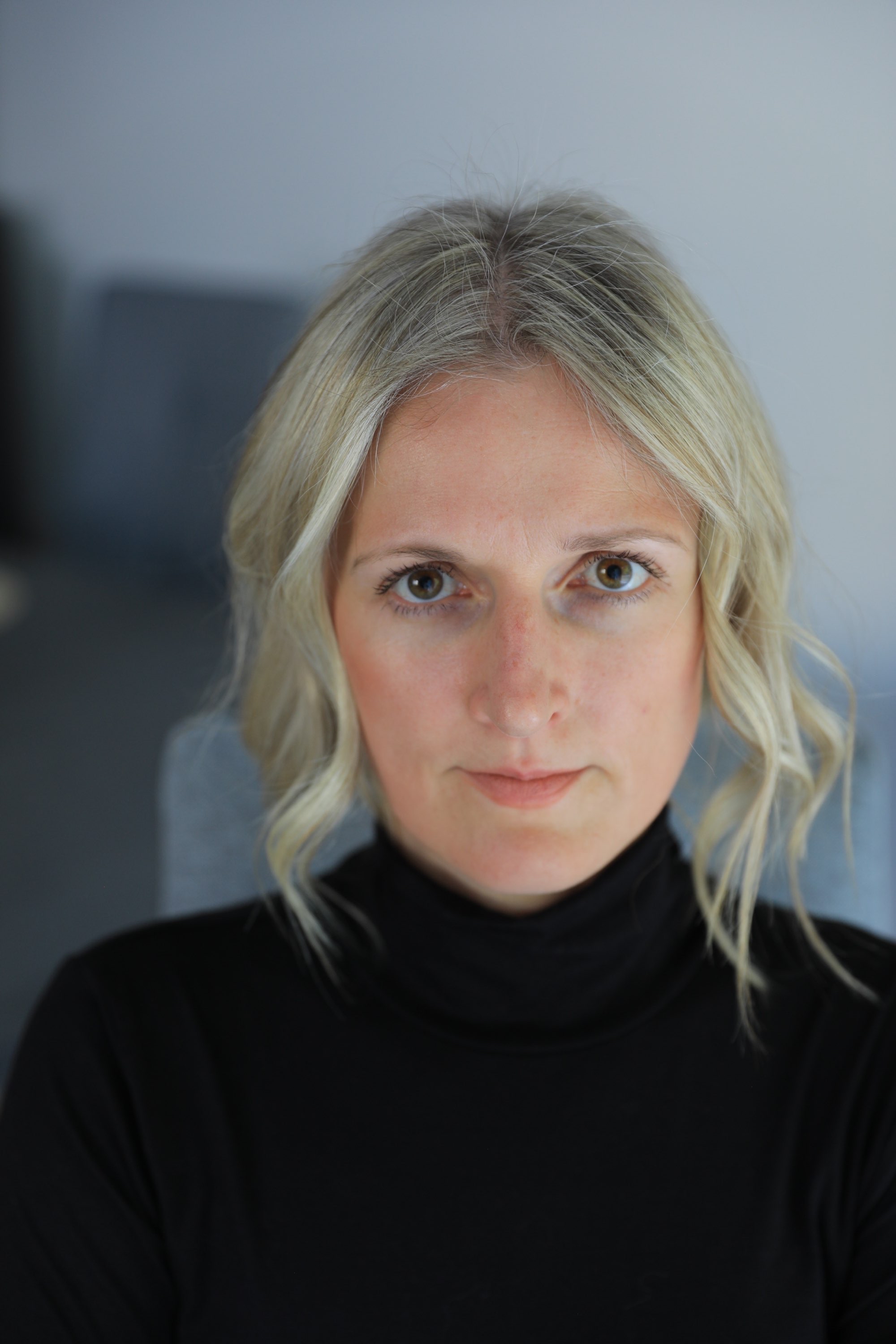Exploring the Healing Power of Therapeutic Photography: An Insider's Perspective on Overcoming Anxiety Through Artistic Expression
- DagmaraMinkiewicz

- 25 mar
- 3 minut(y) czytania
In today's fast-paced world, mental health issues such as anxiety are increasingly common. Many individuals are looking for effective ways to cope with their emotional challenges. One promising method that has gained traction is therapeutic photography. This art form allows people to tap into their creativity as a means of self-exploration and healing. Through the lens of a camera, individuals can express their feelings and regain a sense of control over their anxiety.
In this article, we will explore the transformative benefits of therapeutic photography, effective techniques, and how this creative practice can assist individuals on their mental health journeys.
Understanding Therapeutic Photography
Therapeutic photography goes beyond mere artistry. It functions as a powerful tool for self-discovery and healing. Participants use photography to reflect on their emotions, thoughts, and life experiences, offering a channel for personal expression. Unlike traditional photography, which often emphasises technical skill, therapeutic photography prioritises the emotional bond formed with the images created.
Participants often embark on a journey of exploration. This can mean capturing photos that provoke certain feelings, documenting their environments, or even creating visual journals. The focus centres on the creative process rather than the final product. This makes therapeutic photography an accessible pathway for people from various backgrounds.
The Link Between Photography and Mental Health
Art often serves as a valuable form of communication for those experiencing anxiety. Verbalising feelings can be challenging, and many find it hard to articulate their experiences. Photography can bridge this gap, allowing individuals to express emotions visually.
Research shows that engaging with one's surroundings while holding a camera can significantly decrease anxiety levels. A 2019 study found that participants who practised mindful photography reported a 35% reduction in anxiety after just two weeks. This process encourages focus on the present moment, diverting attention from overwhelming thoughts. Even the simple act of framing a shot can become a meditative exercise, promoting relaxation and inner peace.

Techniques in Therapeutic Photography
To make the most of therapeutic photography, individuals can explore various techniques. Here are some effective methods that those dealing with anxiety might find beneficial:
1. Nature Photography
Connecting with nature is known to improve mental health. Photographing natural landscapes allows individuals to immerse themselves in calming environments. Exploring local parks, forests, or beaches and documenting their beauty can foster feelings of tranquillity. For example, a study by the University of Exeter found that spending just 20 minutes outdoors can lead to a 60% increase in feelings of well-being.
2. Self-Portraits
Self-portraits enable individuals to communicate their emotions directly. Unlike traditional photography, which often avoids focusing on the subject's face, self-portraiture can capture emotions through body language, clothing choices, and surroundings. This form of expression provides insights into one's mental state and can promote reflection on personal identity.
3. Themed Projects
Creating photography projects with specific themes can add structure and purpose to the practice. Themes might include emotions like “Joy” or “Fear,” or broader subjects such as “Change” or “Growth.” By centring on a theme, individuals can channel their creative energy into exploring complex feelings intentionally.
Building a Routine with Photography
Incorporating therapeutic photography into a daily routine can yield substantial mental health benefits. Here are a few suggestions:
Set Aside Time: Choose a specific time each week for photography. Consistency creates a habit and helps provide relief from daily stressors.
Create a Safe Space: Designate a personal space for photography. It can be indoors or outdoors, depending on what feels most comfortable. This safe space enhances the overall experience.
Reflect on Images: After a shooting session, take time to review and reflect on the photos taken. Consider the emotions they evoke and write about the experience to deepen understanding and connection.
Encouragement Through Community
Connecting with others who share an interest in therapeutic photography can provide vital support. Joining local groups, online forums, or workshops can foster a sense of community and allow individuals to share their journeys. Engaging with others not only validates one’s feelings but also strengthens collective healing through artistic expression.
Harnessing the Journey of Healing
Therapeutic photography offers a distinctive, enriching alternative for those seeking to combat anxiety. By enabling individuals to explore their emotions through a camera, this expressive art form reveals pathways toward healing and understanding.
As individuals capture their feelings and reflect on their images, they can find solace in their creative process. Whether through nature, self-portraits, or themed projects, photography can foster mindfulness, community engagement, and resilience.
In our often-overwhelming world, therapeutic photography stands out as more than just an artistic pursuit; it acts as a meaningful tool for managing anxiety. The next time stress seems overwhelming, consider picking up a camera. You may discover that creating isn't just art—it's a form of healing.

Komentarze